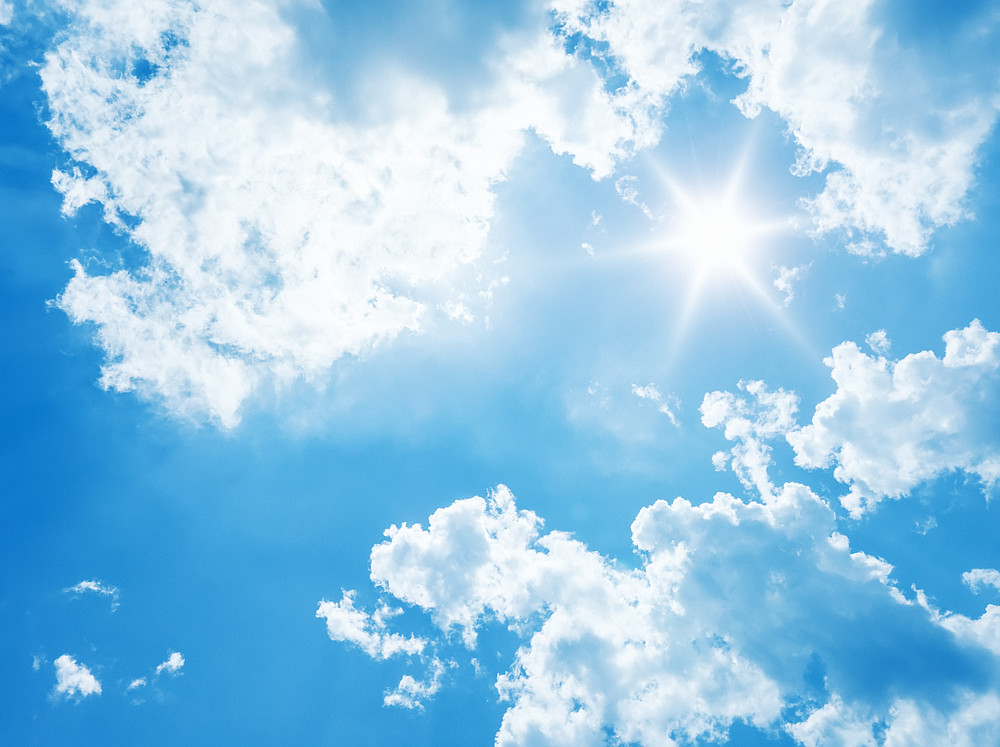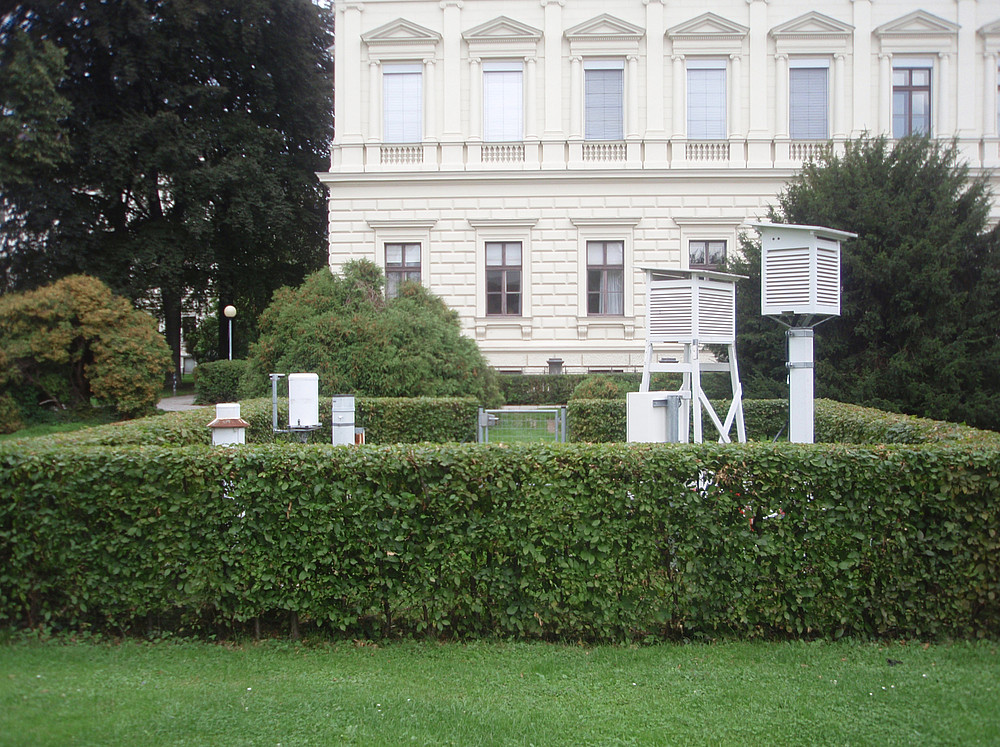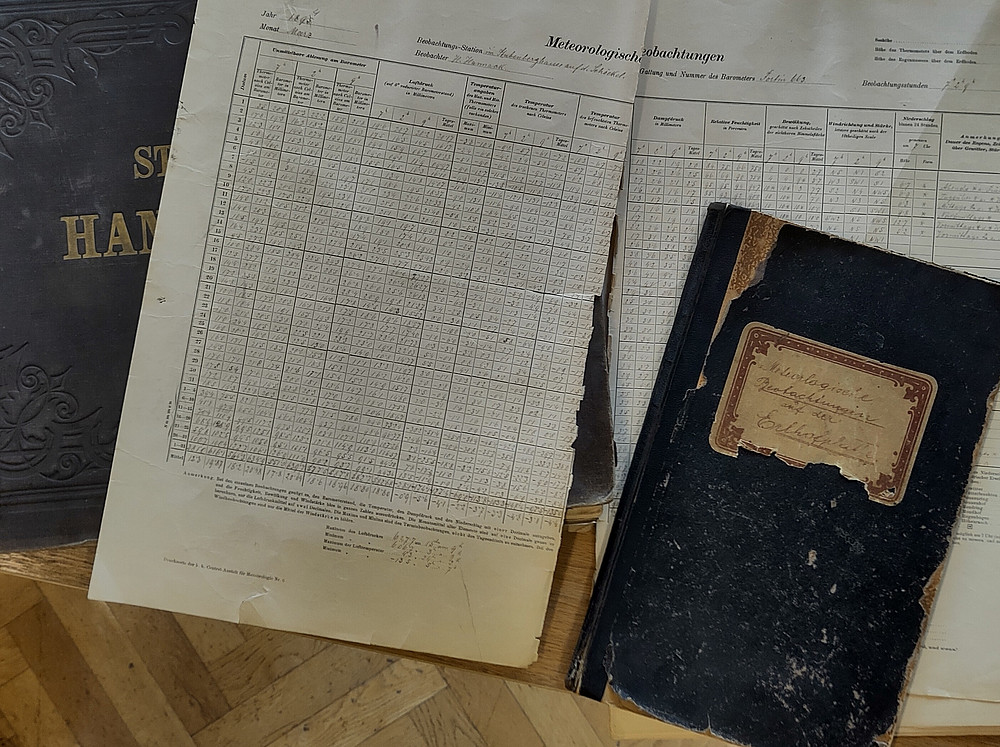
GNSS radio occultation for climate monitoring, diagnostics and processes
Together with the ARSCliSys research group and the as of 2025 separate new Global Climate Analysis research group at the Wegener Center, the research group is one of the pioneers and world leaders in the field of atmospheric remote sensing. Radio signals from GNSS satellites (Global Navigation Satellite System) are used in occultation geometry for atmospheric and climate science. The GNSS radio occultation technique (RO) has now established itself as one of the most important observation methods for numerical weather forecasting and satellite-based global climate monitoring.
Monitoring and analysis of climate change and hydrology at regional and local level
In collaboration with the ARSCliSys research group at the Wegener Center the main objective of this research program is to conduct pioneering research on climate-hydrology changes in order to understand the processes that determine regional and local variability and changes in the European Alpine region. A focus is the analysis of hydrological extremes (heavy precipitation, droughts) in a warming climate. The unique WegenerNet 3D Open-Air Laboratory with a station network resolution of around 1 km is used for this purpose.


High-quality climate station data
The group operates the meteorological station of the University of Graz, which has a long, continuous data series and was therefore recently awarded the prestigious status of a "Centennial Observing Station" by the WMO. A growing database of automated and manual measurements makes the time series increasingly interesting to determine possible shifts in climate data caused by the transition from conventional manual observations to automated weather stations.
Historical climate variability
A thorough understanding of natural climate variability is crucial for distinguishing anthropogenic climate change. Measurement series are often too short to determine the frequency of extreme events that have return periods of decades to centuries. In this current research, which is supported by the FWF as part of the project "Climate History of Central Europe during the Little Ice Age", the group is attempting to gain a better understanding of natural climate variability by examining historical sources from the time before instrumentation and tracing the time series back through previously unprocessed data.

Selected publications
Foelsche, U., A.K. Steiner, H. Shao, A. Mannucci, K.B. Lauritsen, C. Marquardt, and P. Stammes (Eds.) (2023): Observing atmosphere and climate with occultation techniques - results from the OPAC-IROWG 2022 Workshop, Atmos. Meas. Tech., Special Issue. amt.copernicus.org/articles/special_issue1270.html
Fuchsberger, J., G. Kirchengast, and T. Kabas (2021): WegenerNet high-resolution weather and climate data from 2007 to 2020, Earth Syst. Sci. Data, 13, 1307-1334. doi.org/10.5194/essd-13-1307-2021
Ghaemi, E., U. Foelsche, A. Kann, and J. Fuchsberger (2021): Evaluation of Integrated Nowcasting through Comprehensive Analysis (INCA) precipitation analysis using a dense rain-gauge network in southeastern Austria, Hydrol. Earth Syst. Sci., 25, 4335-4356, doi.org/10.5194/hess-25-4335-2021
Ho, S., N. Pedatella, U. Foelsche, S. Healy, J.-P. Weiss, and R. Ullman (2022): Using Radio Occultation data for atmospheric numerical weather prediction, climate sciences, and ionospheric studies and initial results from COSMIC-2, commercial RO Data, and recent RO missions, Bull. Amer. Meteor. Soc., 103, E2506-E2512, doi.org/10.1175/BAMS-D-22-0174.1
Li, Y., G. Kirchengast, M. Schwärz, and Y. Yuan (2023): Monitoring sudden stratospheric warmings under climate change since 1980 based on reanalysis data verified by radio occultation, Atmos. Chem. Phys., 23, 1259-1284, doi.org/10.5194/acp-23-1259-2023
Pisoft, P., ... , U. Foelsche, ... et al. (2021): Stratospheric contraction caused by increasing greenhouse gases, Environ. Res. Lett., 16, 064038, doi.org/10.1088/1748-9326/abfe2b
Pliemon, T., U. Foelsche, C. Rohr, and C. Pfister (2022): Subdaily meteorological measurements of temperature, direction of the movement of the clouds, and cloud cover in the Late Maunder Minimum by Louis Morin in Paris, Climate of the Past, 18, 1685-1707, doi.org/10.5194/cp-18-1685-2022
Stangl M., and U. Foelsche (2021): Aurora Observations from the Principality of Transylvania from the 16th to the 18th Century CE, Solar Physics, 296, 78, doi.org/10.1007/s11207-021-01811-7
Syndergaard, S., and G. Kirchengast (2022): Systematic ionospheric residual errors in GNSS radio occultation: Theory for spherically stratified media, Earth Space Sci, 9, e2022EA002335, doi.org/10.1029/2022EA002335
von Schuckmann, K., A. Minière, F. Gues, F.J. Cuesta-Valero, G. Kirchengast, S. Adusumilli, F. Straneo, et al. (2023): Heat stored in the Earth system 1960-2020: where does the energy go?, Earth Syst. Sci. Data, 15, 1675-1709, doi.org/10.5194/essd-15-1675-2023